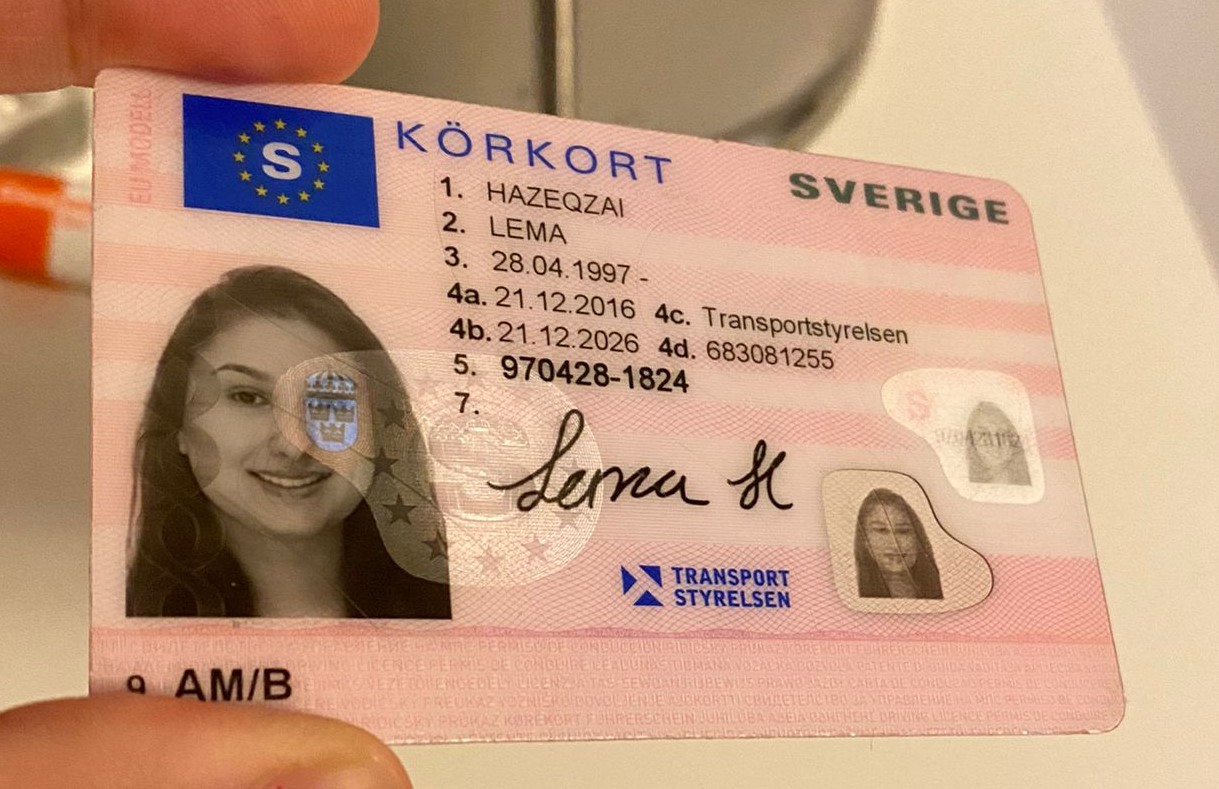Address Transportstyrelsen Tools To Improve Your Life Everyday

Understanding Transportstyrelsen: Sweden's Transport Agency
Transportstyrelsen, or the Swedish Transport Agency, plays a vital role in the management and policy of different transport sectors within Sweden. Responsible for making sure safe, effective, and sustainable transportation systems, this agency oversees a large range of transportation modes, consisting of roadway, rail, air travel, and maritime. This article digs into the agency's structure, functions, guidelines, and influence on the Swedish transport landscape.
Introduction of Transportstyrelsen
Established mostly to simplify the management of the transportation sector, Transportstyrelsen combines several roles associated with traffic safety, infrastructure, and ecological impact. The agency runs under the Ministry of Infrastructure and works in cooperation with regional governments, personal sector stakeholders, and international companies.
Secret Functions of Transportstyrelsen
Transportstyrelsen's obligations include a broad scope, which can be summarized as follows:
Regulatory Framework Development
- Develop policies and standards for all transport modes.
- Monitor compliance and enforce suitable laws and instructions.
Licensing and Registration
- Manage the licensing procedure for chauffeurs and transport businesses.
- Keep a comprehensive database of authorized lorries and aircraft.
Traffic Safety Promotion
- Conduct research study and collect data on transportation security.
- Implement projects focused on increasing public awareness about traffic safety.
Sustainability Initiatives
- Promote eco-friendly transport services.
- Motivate the adoption of electrical and alternative fuel lorries.
International Collaboration
- Engage with other European and international transport authorities.
- Participate in efforts focused on harmonizing transportation policies across borders.
Organizational Structure
Transportstyrelsen is organized into numerous departments, each concentrating on particular transportation methods:
- Road Traffic Department
- Train Department
- Maritime and Air Traffic Department
- Environment and Sustainability Department
- Economic Analysis and Strategy Department
This structure enables expertise and focused efforts in handling the varied aspects of transport within Sweden while ensuring that all departments work collaboratively towards common goals.
| Department | Key Responsibilities |
|---|---|
| Roadway Traffic Department | Manages motorist licensing, car registration, and roadway security policies. |
| Train Department | Oversees railway safety, facilities development, and service quality. |
| Maritime and Air Traffic Department | Controls shipping and aviation, guaranteeing compliance with safety standards. |
| Environment and Sustainability Department | Addresses transport-related environmental concerns and promotes sustainability practices. |
| Economic Analysis and Strategy Department | Conducts financial analyses to notify policy and technique on transport efforts. |
Influence on the Swedish Transport System
Transportstyrelsen's impact on the Swedish transport system is extensive. The agency's policies and policies form the security, performance, and environmental impact of transportation in Sweden. Secret contributions include:
- Enhanced Safety Standards: By setting strict security regulations and continually monitoring compliance, the agency helps lower accident rates and improve general road, rail, and air safety.
- Promo of Public Transport: Through investments and support for public transport systems, the agency encourages a shift from personal lorry dependence to more sustainable and ecologically friendly transportation modes.
- Support for Innovations: The company cultivates development in the transportation sector by supporting brand-new technologies such as electric automobiles and wise traffic systems, aiming to satisfy both existing and future challenges in transport logistics and environmental protection.
Guideline Compliance
To make sure compliance with Transportstyrelsen's regulations, stakeholders in the transportation sector should adhere to various guidelines and requirements. Körkortonline includes acquiring required licenses, going through inspections, and submitting reports on safety efficiency.
Vital Compliance Areas
- Chauffeur Licensing Requirements
- Vehicle Inspection Standards
- Safety Protocols for Transport Operations
- Ecological Regulations for Vehicle Emissions
- Functional Standards for Public Transport Services
Violations of these guidelines can lead to substantial penalties, consisting of fines and the revocation of licenses or licenses.
Regularly Asked Questions (FAQs)
What is Transportstyrelsen? Körkortonline , or the Swedish Transport Agency, is the government authority accountable for controling all aspects of transportation in Sweden, consisting of road, rail, maritime, and air travel sectors. How does Transportstyrelsenensure safety in transportation? please click the following article develops and imposes guidelines, performs research, and implements safety campaigns to promote safe transportation practices amongst all road users. What types of cars does Transportstyrelsen regulate?Transportstyrelsen manages a vast array of cars, consisting of automobile, business vehicles, motorbikes, airplane, and maritime
vessels. How can I call Transportstyrelsen?Transportstyrelsen can be contacted via their main site where different resources, contact information, and types for queries are provided.
Exists an appeal procedure for licensing choices made by Transportstyrelsen?Yes, people and companies can appeal choices made by Transportstyrelsen relating to licenses and policies as outlined in their main
standards. Transportstyrelsen is an important part of Sweden's transport landscape, ensuring that the systems in location are not just effective and efficient but also safe and ecologically mindful. Its multifaceted obligations,
from regulation to public security, develop a structure that benefits both the Swedish population and the broader transport network. Understanding Transportstyrelsen's roles and functions helps stakeholders browse the intricacies of the transportation sector, cultivating compliance and promoting developments needed for future sustainability.

